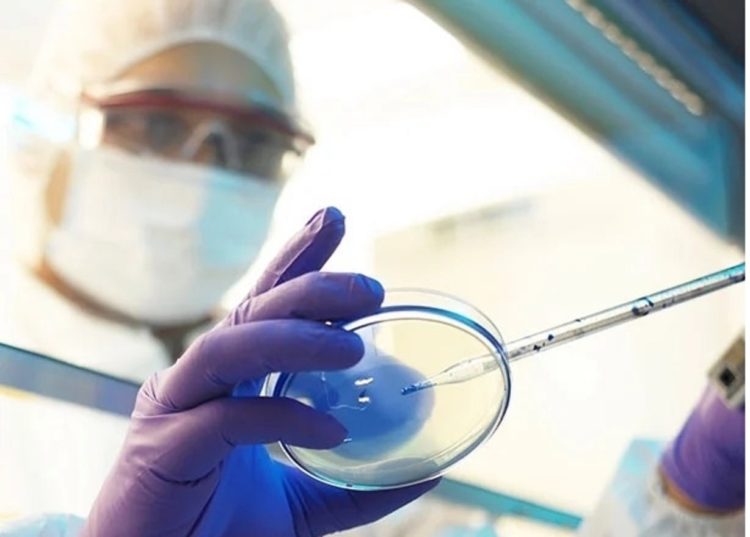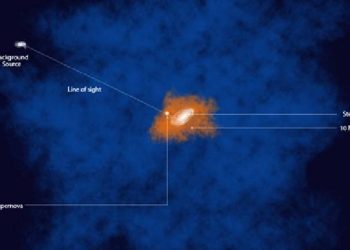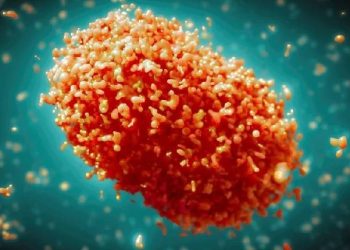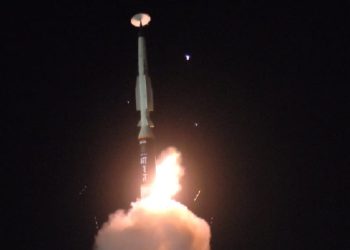New York: Researchers have discovered a neutralising monoclonal antibody that potentially acts as a potent universal coronavirus therapy against SARS-CoV-2 and all its variants of concern, including Beta, Gamma, Delta, Epsilon and Omicron.
It showed effectiveness against the deadly previous coronaviruses SARS-CoV, that emerged in China in 2002, and MERS-CoV, the Middle East Respiratory Syndrome that appeared in Saudi Arabia in 2012.
It even showed effectiveness against several common cold coronaviruses, according to the study published in the journal PLOS Pathogens.
The monoclonal antibody — 1249A8 hmAb — targets the S2 stalk region of the viral spike (S) protein that is highly conserved among beta-coronaviruses, yet is also essential for the virus to attach and enter cells, leading to infection.
When given as an intraperitoneal injection or a nasal dose, it protected mice from SARS-CoV-2 illness, as measured by maintenance of body weight and clearance of virus from mouse lungs four days after infection, said the team from University of Alabama at Birmingham
“New Covid variants pose the risk of evading the immune system a” even in vaccinated and previously infected individuals, and there remains the potential for other genetically distinct coronaviruses to emerge as new pandemic strains in the future,” said James J. Kobie, from the varsity.
“For these reasons, finding new therapeutic and prophylactic drugs and vaccine strategies that have universal activity against the coronavirus is essential for protecting humanity against the current and future beta-coronavirus outbreaks or pandemics,” he added.
Vaccines and other monoclonal antibodies against SARS-CoV-2 have largely focused on the receptor-binding domain, or the RBD, located at the heads of the S viral protein spike that projects from the surface of the virus.
The RBD is very good at eliciting an immune response, but that portion of the S permits many mutations that can let the virus escape antibodies.
This the team focussed on finding an antibody target on a part of the spike called the S2, or the stalk region. This region is highly conserved and only rarely mutates because that would disrupt its essential function.
After the RBD at the head of the S attaches the coronavirus to a receptor molecule on the surface of a target cell, the S2 stalk acts to bring the virus inside the target cell. There the virus replicates, killing the cell and releasing a hoard of new, infectious virions.
The team screened blood samples from adult convalescent patients.
Seventeen hmAbs showed binding to the S2 protein. Only four of these were able to neutralise a SARS-CoV-2 pseudovirus and a live SARS-CoV-2, including the Beta and Omicron variants.
The top performer, the 1249A8 hmAb, had the broadest and most potent neutralising activity, against strains.
The team had previously demonstrated that direct respiratory delivery of a SARS-CoV-2 RBD-specific 1213H7 hmAb enables substantial dose-sparing therapeutic activity in hamsters.
The 1249A8, 1213H7 cocktail — given as a nasal dose, 12 hours after infections with SARS-CoV-2 Delta or the first SARS-CoV isolated in 2002 — showed broad therapeutic activity in hamsters.
The two hmAbs are being developed as a therapeutic cocktail for Covid-19 by Aridis Pharmaceuticals, a US biopharmaceutical company in its AR-701 cocktail designed for inhaled delivery.
(IANS)



















